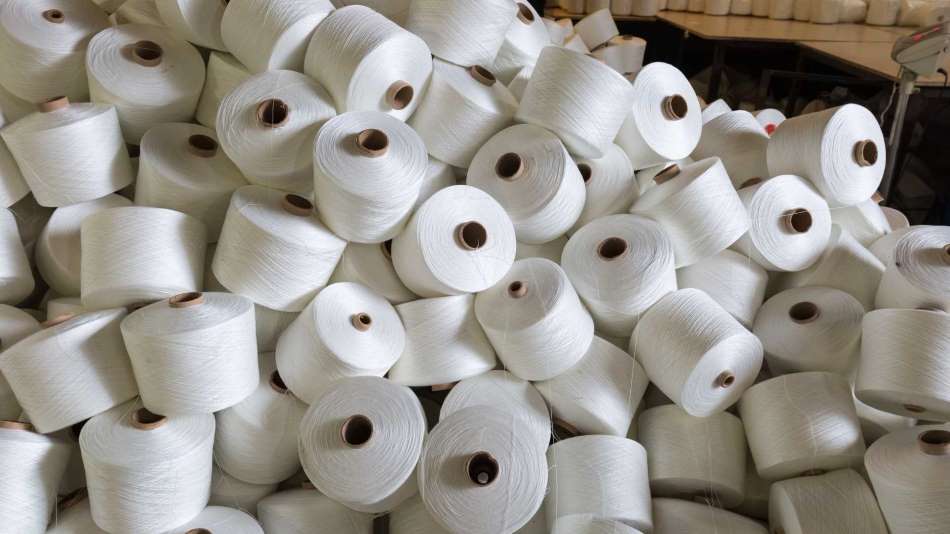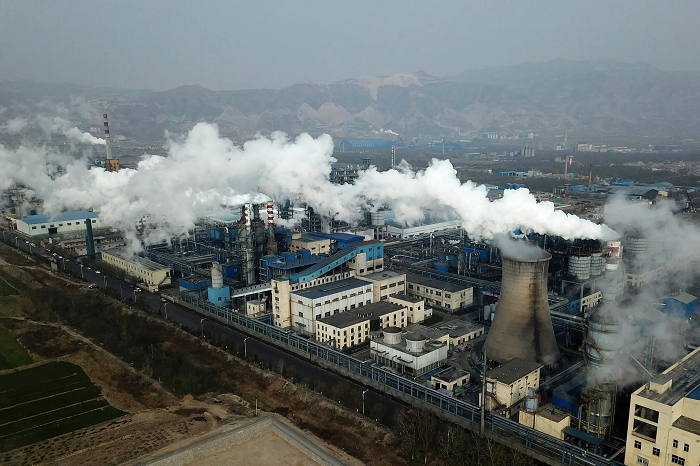
India's cotton industry is experiencing significant volatility, with the recent report from CRISIL Ratings indicating a potential 13 to 15 per cent loss in revenue for Indian cotton spinning mills. The basis points are expected to decline by 250 to 300, largely attributed to lower downstream demand, inventory losses, and narrowing spreads between raw cotton and cotton yarn. The report, based on a review of approximately 90 local cotton yarn spinning companies, which contributed 40 per cent of the industry's revenue, reveals an all-time low basis points drop of 7 to 8 per cent compared to the previous fiscal year.
Despite concerns about the credit profile of these spinners, CRISIL Ratings contends the spinning companies are not only resilient but also stable. As Gautam Shahi, Director, CRISIL Ratings points out, cotton yarn spreads are expected to remain at Rs 75 to 80 per kg this fiscal year, down from the previous high of Rs 100 per kg. This decline is attributed to a sharper fall in yarn prices compared to cotton prices in the first half of the fiscal year. The primary factor contributing to this decline is the significantly reduced demand from India's domestic readymade garment manufacturers, particularly in the knitwear and denim clothing segments.
South Indian spinners appeal to government
India's cotton yarn spinning is heavily concentrated, with 55 per cent capacity located in Tamil Nadu, Andhra Pradesh, and Telangana. Recently, the South Indian Mills Association (SIMA) has flagged issues arising from an 11 per cent import duty on cotton and the high costs of man-made fibre and filament yarns. According to a recent press release, this has sharply reduced exports of yarns, fabrics, garments, and made-ups.
SIMA also pointed out the substantial increase in power costs, ranging from Rs 1 to Rs 2.50 per unit, impacting global competitiveness and creating challenges in the domestic market. This disparity is particularly evident when compared to states like Maharashtra, Gujarat, and Madhya Pradesh, which offer significant incentives through their textile policies. The longstanding concern between SIMA members and their state governments regarding unaddressed appeals on power consumption-related crises persists.
Responding to nationwide concerns from the spinning sector, the Ministry of Textiles has recommended a one-year moratorium on loan repayments and proposed extending financial measures on a case-by-case basis. These recommendations are based on representations made by the spinning sector across the country.
Prevailing, projected cotton prices dictate lower revenues for spinners
In the last fiscal, candy prices reached an exceptionally high level, peaking at Rs 1,00,000. However, the current season has witnessed robust cotton crops, and predictions indicate another favorable harvest in the upcoming season. Consequently, cotton yarn spinners are grappling with substantial inventory losses as candy prices have plummeted by over 40 percent, ranging from Rs 57,000 to Rs 62,000.
Pranav Shandil, Associate Director, CRISIL Ratings, says while the credit metrics of cotton yarn spinners are expected to moderate this fiscal due to a weakened operating performance, they will remain resilient owing to deleveraged balance sheets and conservative capital expenditure plans.
The positive outlook stems from the anticipation that the return of healthy cotton crops in India could lead to the stabilization of candy prices at more realistic levels. This, in turn, may allow spinners to mitigate their inventory losses over the coming years.












